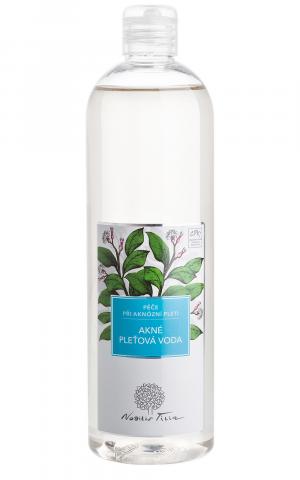Montmorillonite
Other names: green clay
Harm score: 1 (Natural substances)
Montmorillonite, also known as green clay, is a mineral of the smectite clay family, named after the French town of Montmorillon in the New Aquitaine region where it was first discovered. This clay is characterised by its light green to blue-green colour, which has earned it the nickname 'green clay'. Due to its unique structure and properties, it is widely used in many industrial sectors.
It is included in many cosmetic and hygiene products such as creams, face masks, powders, toothpastes and even shampoos. Its beneficial properties are used for skin and hair treatments - cleansing, detoxifying, soothing and regenerating. Due to its ability to absorb and exchange ions, montmorillonite is also a component of some medicines and the clay is widely used in health care. In agriculture it is used as a component of soils for growing plants. It is also added to livestock feed as it helps to remove harmful toxins. Montmorillonite is also used in the production of ceramics, in the refining of diesel fuel or as a filter medium in the food industry. This demonstrates the extraordinary versatility and wide range of uses of this green clay.
Montmorillonite can be found in the following products
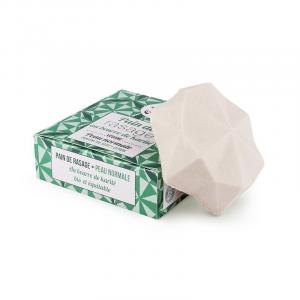
Solid shaving soap - green tea and lemon (55 g) - for ladies and gentlemen
Product detail
Olive soap 3x150g BIO, VEG
Product detail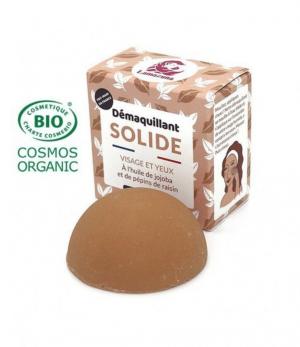
Solid make-up remover BIO (30 g) - gently removes make-up from eyes and lips
Product detail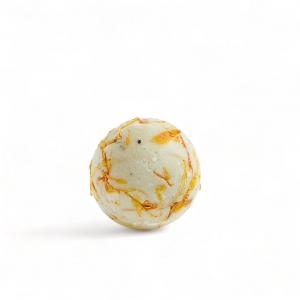
Bath bomb with macadamia oil - Lime (50 g)
Product detail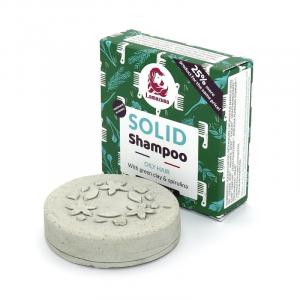
Solid shampoo for oily hair with green clay and spirulina (70 g)
Product detail